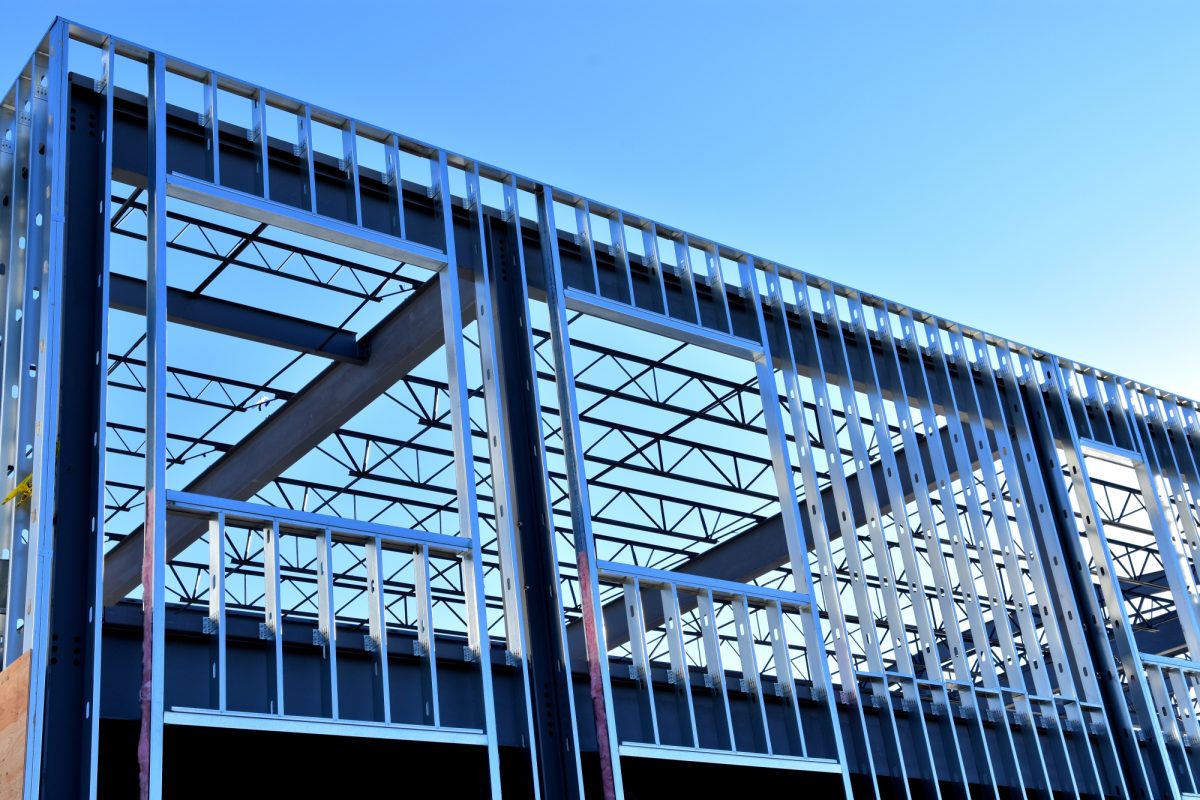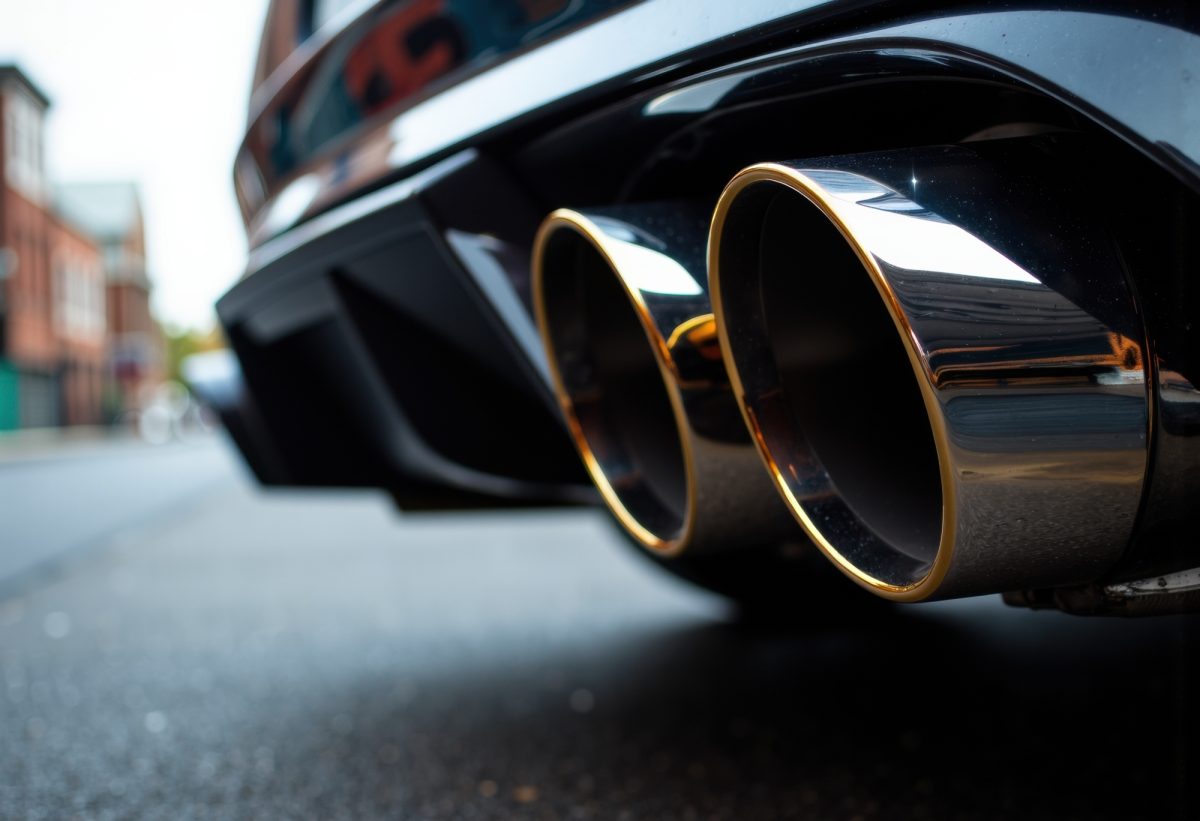301 Stainless Steel vs. 304 Stainless Steel: What’s the Difference?

When selecting the right material for your project, understanding the differences between stainless steel grades is crucial. As a trusted stainless steel supplier, we often get questions about the differences between 301 stainless steel and 304 stainless steel. Both are popular austenitic stainless steels known for their strength and corrosion resistance, but each offers unique properties that make them ideal for different applications.
In this article, we’ll break down the key differences to help you choose the best option.
Chemical Composition and Properties
Both 301 and 304 stainless steel are chromium-nickel alloys, but they have different compositions that affect their performance:

301 stainless steel has a higher carbon content and slightly less chromium and nickel than 304, which gives it superior strength and hardness, especially when cold worked. On the other hand, 304 stainless steel has a higher corrosion resistance and is easier to form and weld.
Strength and Formability
- 301 Stainless Steel: This grade is ideal when high strength and good ductility are needed. It can be heavily cold worked to achieve high tensile strengths, making it an excellent choice for structural applications, springs, and automotive parts.
- 304 Stainless Steel: Known for its ease of fabrication, 304 is softer and more ductile compared to 301. It’s perfect for parts that require significant bending, welding, and forming without cracking.
If your project demands maximum strength while maintaining some flexibility, 301 is a strong contender. If ease of manufacturing and high corrosion resistance are your priorities, 304 may be the better choice.
Corrosion Resistance
Both grades offer excellent resistance to a wide range of environments. However, 304 stainless steel is more resistant to corrosion thanks to its higher chromium and nickel content. It performs exceptionally well in food processing, chemical, and marine environments.
While 301 stainless steel also offers good corrosion resistance, it is slightly more susceptible to rust and corrosion under harsh conditions compared to 304.
Applications
Choosing between 301 and 304 depends largely on the application:
- 301 Stainless Steel Applications:
- Automotive trim and molding
- Springs and clamps
- Conveyor belts
- Aircraft structural components
- 304 Stainless Steel Applications:
- Food processing equipment
- Kitchen appliances
- Chemical containers
- Architectural paneling and trim
At Mill Steel Company, we supply a wide range of stainless steel coil and sheet products, available in both 301 and 304 grades. If you need assistance in selecting the right material for your project, our product experts are on hand to help answer any technical questions.
Choosing the Right Stainless Steel Supplier
Selecting the right material is only part of the process – choosing the right metal supplier is just as critical. Mill Steel Company provides quality stainless steel, carbon steel and aluminum backed by exceptional customer service.
We offer:
- Nationwide distribution
- Customized coil slitting, cut-to-length and various other processing services
- Just-in-time delivery
- Competitive pricing on stainless, aluminum, and carbon steel
When you partner with Mill Steel, you’re not just buying material, you’re gaining a strategic supply partner committed to your success.
Contact us today to discuss your project or request a quote!


